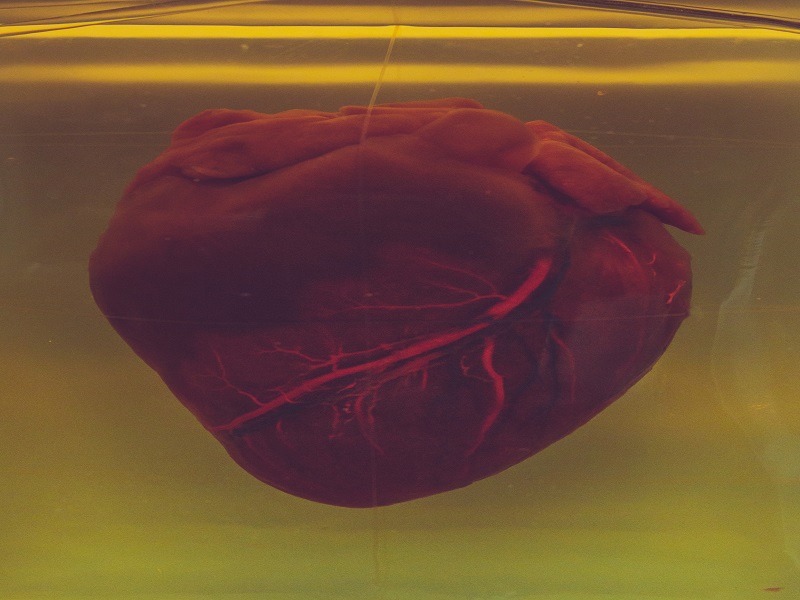Today, it is generally accepted that maintaining a healthy lifestyle, which includes regular exercise, helps maintain your best physical form, appearance, and overall health. We can either increase or decrease our risk of contracting particular diseases depending on how we spend our time and what we eat. One of these conditions that we have a great deal of control over is atherosclerosis.
What Happens When Arteries Become Clogged?
Heart and blood vessel diseases are now the leading cause of death worldwide, according to data provided by the World Health Organization (WHO) for many years. Among them, atherosclerosis is the most prevalent. This cardiovascular disease is characterized by the accumulation of so-called atherosclerotic plaques in the inner layers of the walls of arterial vessels. The arteries have these fatty deposits, which over time cause fibrosis, calcification, and clogging. As a result, blood flow is impeded, which can result in a number of serious health issues.
Even a 50% reduction in the artery’s lumen has no effect on us. Only when it exceeds this value may it cause a wide range of symptoms, each of which may be very distinct. On the one hand, physical tiredness from physical exertion or chest pain; on the other, attention deficit disorder or forgetfulness. They basically differ depending on which blood vessels are blocked (e.g. legs, aorta or brain). If you think that atherosclerosis is a condition that only affects the elderly, you are mistaken.
Although it primarily affects men and women over the age of 45 and 55, it also has an impact on younger people. It appears to develop most quickly in adults between the ages of 14 and 35. All because the lifestyle we lead has a significant impact on the development of atherosclerosis, which starts in early childhood.
Why Is Atherosclerosis So Dangerous?
Because it decreases the amount of blood that can flow freely by narrowing the artery lumen. This flow might become so problematic at crucial times that it can cause internal organ ischemia. A stroke, heart attack, coronary artery disease, or lower limb ischemia may ensue as a result (which may even end in their amputation).
The good news is that we can start „working” on whether we will develop atherosclerosis at a young age. Making positive changes at any age is a good idea. So, what can one do to reduce their risk of developing atherosclerosis? First, take a look at the food on your plate.
Top Four Best Practices For Preventing Atherosclerosis
- First, a healthy diet is the key to good health, including the prevention of future atherosclerosis. The consumption of animal fats, simple sugars, and salt must be reduced in order to prevent this disease. Instead, choose vegetable fats like nuts, olive oil, and seeds. Highly processed and canned foods should be avoided as well. Vegetables, fruits, whole grains, and fish are undeniably better for you. Drink at least 6 cups of water every day.
- Second, healthy eating and exercise are equally important. Regular physical activity will be sufficient to help you maintain a healthy body weight; you do not need to compete in sports. Atherosclerosis and other cardiovascular diseases can also develop in people who are obese or overweight. You should work out at least five times a week for at least 30 minutes.
- The third issue related to the prevention of atherosclerosis is to control your health. Unfortunately, this condition can develop over the years without any symptoms. If, on the other hand, it gives symptoms, it is easy to confuse them with other diseases. So what do you have to do? Examine yourself! It is extremely important to regularly control blood pressure, as well as cholesterol and sugar levels.
- Finally, abstain from all forms of smoking, including second-hand smoke. This is crucial because the activity shrinks blood vessels and speeds up the rate at which ischemic changes occur.
A specific regimen, primarily involving nutrition, is necessary to prevent atherosclerosis. Even though the buildup of plaque in our arteries naturally occurs over time, changing our lifestyle may have an impact on whether or not we need treatment (including surgery) in the future. The disease’s health risk can be reduced through prevention. Every year, 120,000 Americans die from heart attacks caused by atherosclerosis.




